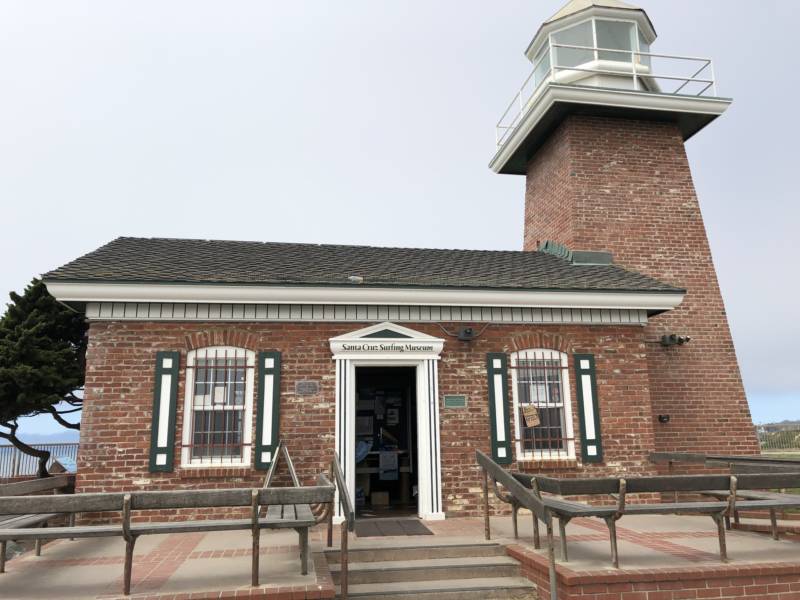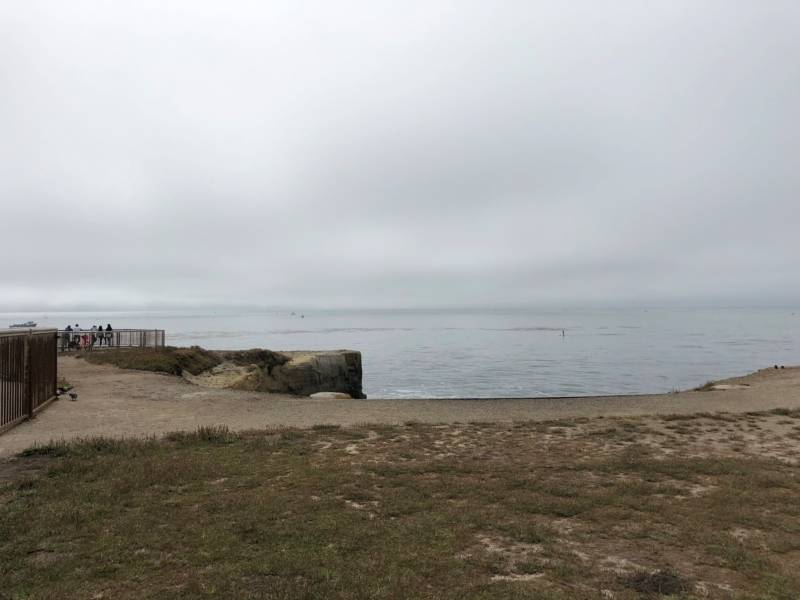The Santa Cruz Surfing Museum doesn't look like your typical museum, because it's a working lighthouse. But this tiny space, situated on a cliff overlooking the famous Steamer Lane beach, holds the distinction of being one of the first surf museums on the West Coast.
Kim Stoner, one of the museum's founders, is a surf historian and Santa Cruz native. He learned how to surf when he was 11 years old.
"It was a life-changing event," he says, his tanned face crinkling with a smile. "Once you get it in your blood, it's hard to get out."
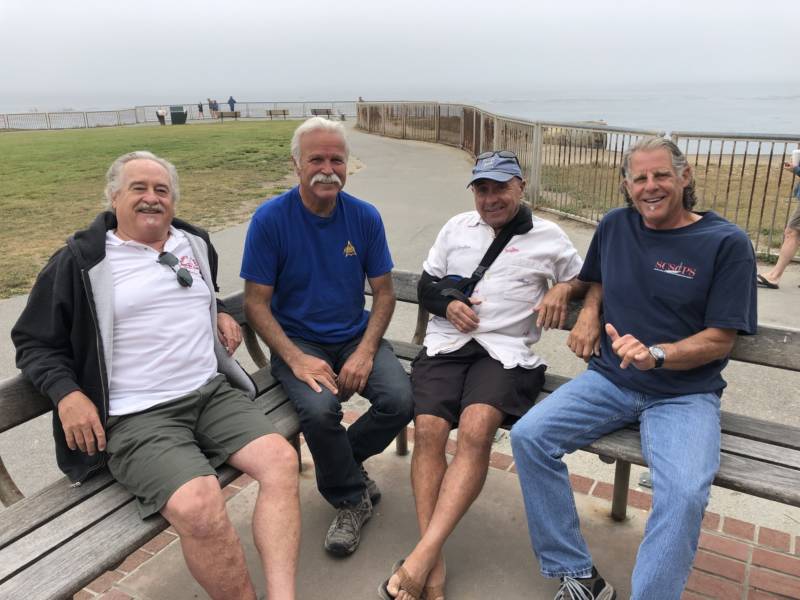
Stoner and his friends came up with the idea for the museum in 1985, but the history of surfing in the state goes back 100 years earlier, to a hot day in July 1885.
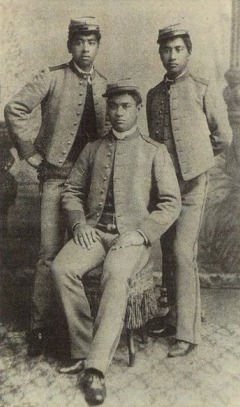
Three Hawaiian princes — brothers David Kawānanakoa, Edward Keliʻiahonui and Jonah Kalanianaʻole — were sent to California by the King of Hawaii to attend Saint Matthews Military Academy in San Mateo. While on summer vacation, David caught a glimpse of the swell at the mouth of the San Lorenzo River, close to where the Santa Cruz Beach Boardwalk stands today.
"[David] probably saw the perfect 'A-frame' waves at the river mouth, similar to the waves of Waikiki ... and said to his brothers, 'Man, we got to make some surfboards!' " Stoner says.
So, they did. They went to the local timber mill, picked up some redwood planks and shaped them into boards using knives. Their boards were close to 18 feet long and weighed more 200 pounds. When they dropped them into the river and surfed those waves, local reporters were there to capture the scene.
This moment, according to Stoner, cements in stone that surfing on the mainland United States originated in Santa Cruz.
Outside the museum, a plaque commemorates that day with an engraving of the three princes. But it's inside where you really get a surf education.
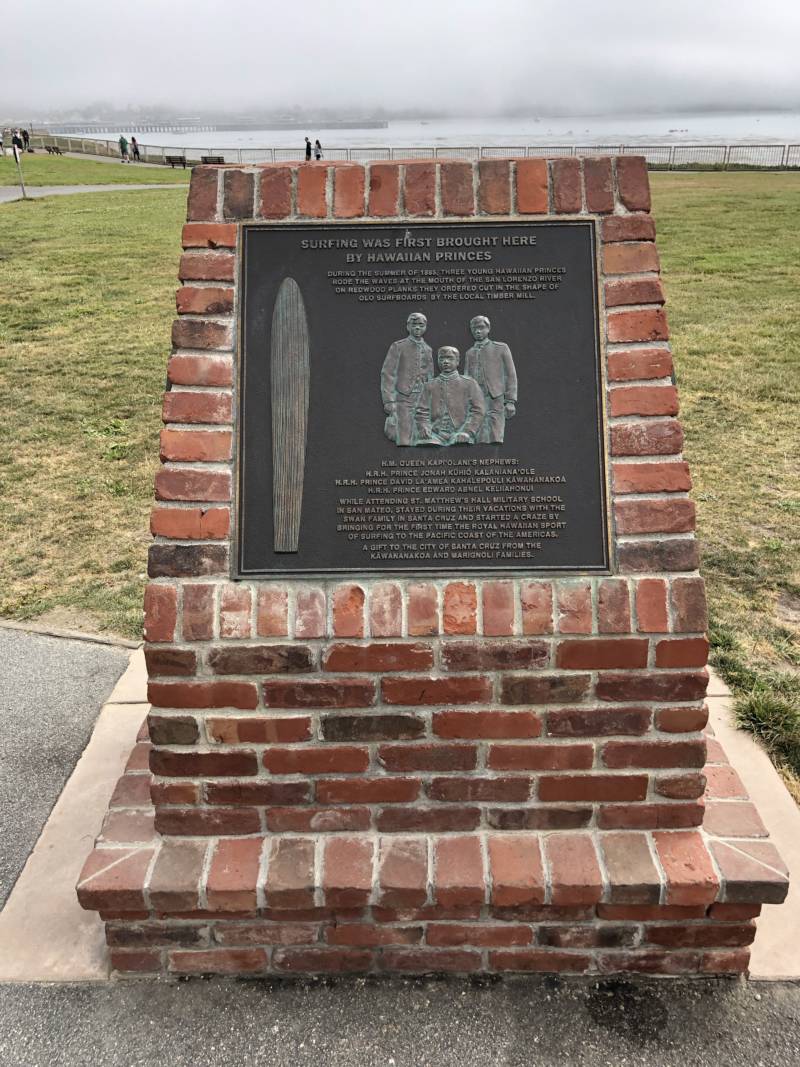
Surfboards hang from the rafters, flippers and old T-shirts are tacked onto display boards, and everywhere you look there are photos of people surfing in Santa Cruz, dating back to the early 1900s.
"It's kind of congested in here," Stoner tells me. It's quite the understatement.
You are guided through the exhibit by footprints painted on the floor. The first place they bring you to is a replica of the board the Hawaiian princes shaped and rode. Stoner raps it with his knuckles, and it sounds like he's knocking on a door.
"This is first-growth redwood. See how tightly grained it is? This is really heavy," he says.
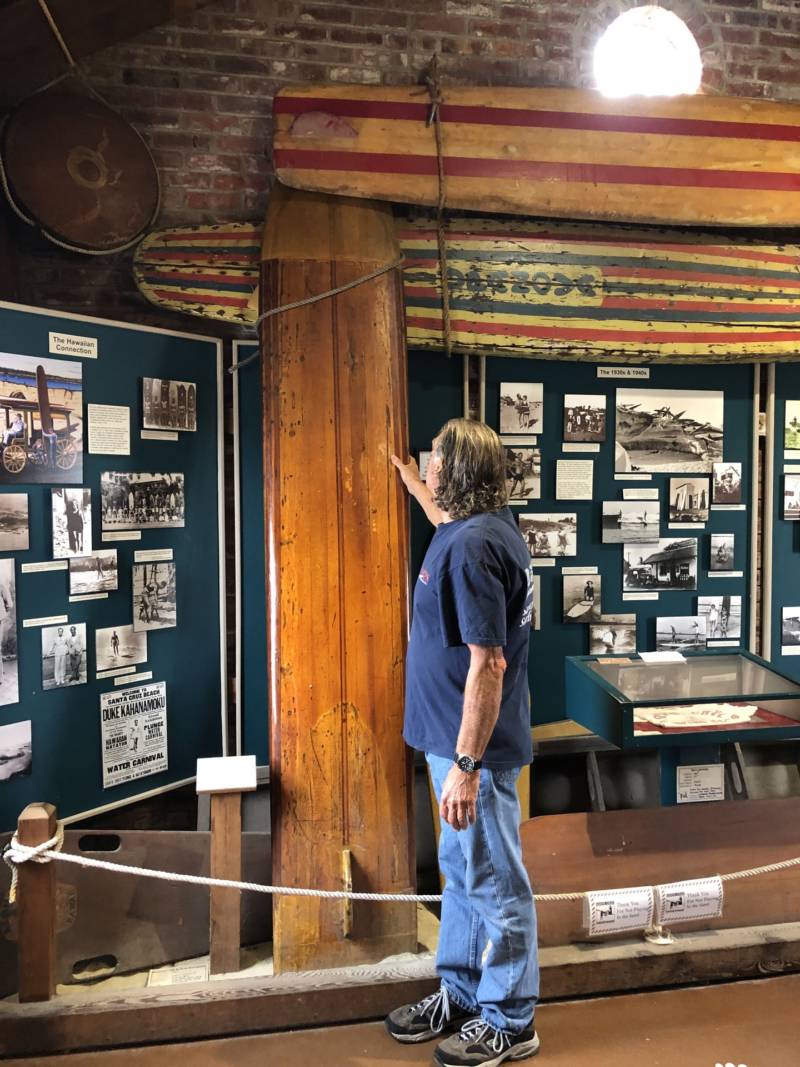
Next to it, a beat-up yellow ironing board rests against the wall. It seems very out of place, until Stoner tells me that someone used it as a surfboard. You can still see the salt on it.
You follow the footsteps into the 1930s, when the Santa Cruz Surf Club was founded, to the '50s when Jack O'Neill invented the modern wetsuit.
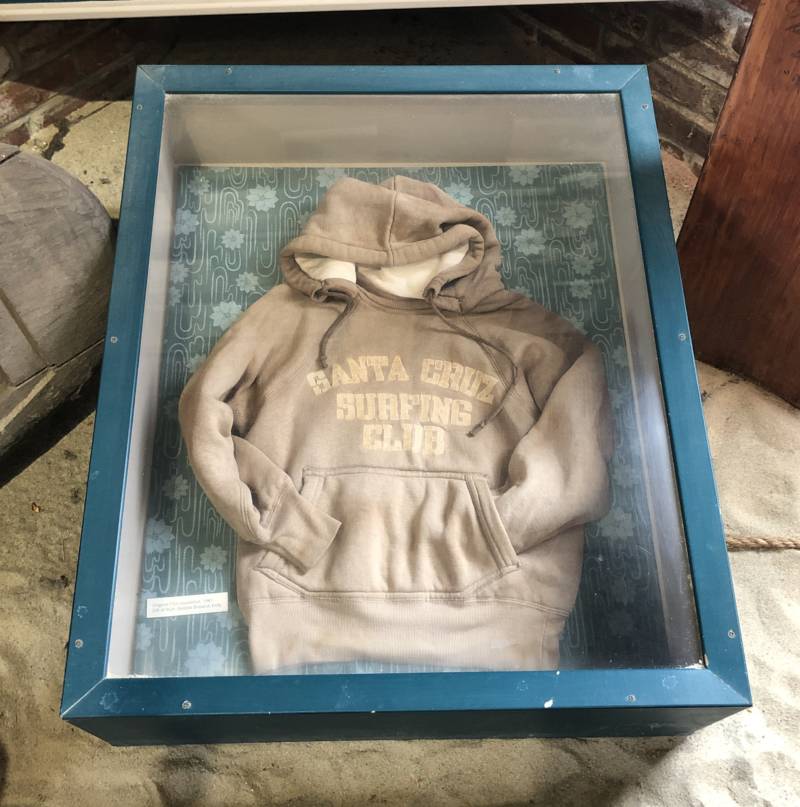
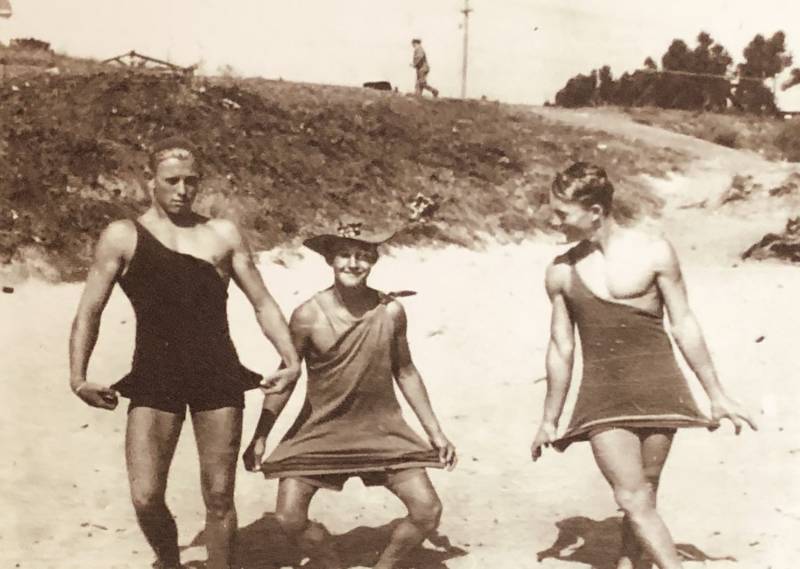
In the 1990s, Jane "The Lane" McKenzie makes an appearance in the museum. McKenzie earned her nickname because she was one of the few women surfing Steamer Lane in the early '60s.
"For a young woman to be able to be in the ocean with these kind of gnarly guys ... it was something else," she remembers. Given what she went through back then, she has a remarkably positive — and forgiving — attitude.
"I've been kicked, spit on, slugged, you know, everything. But I always think, 'Oh, I must be having a better day than them,' " she says.
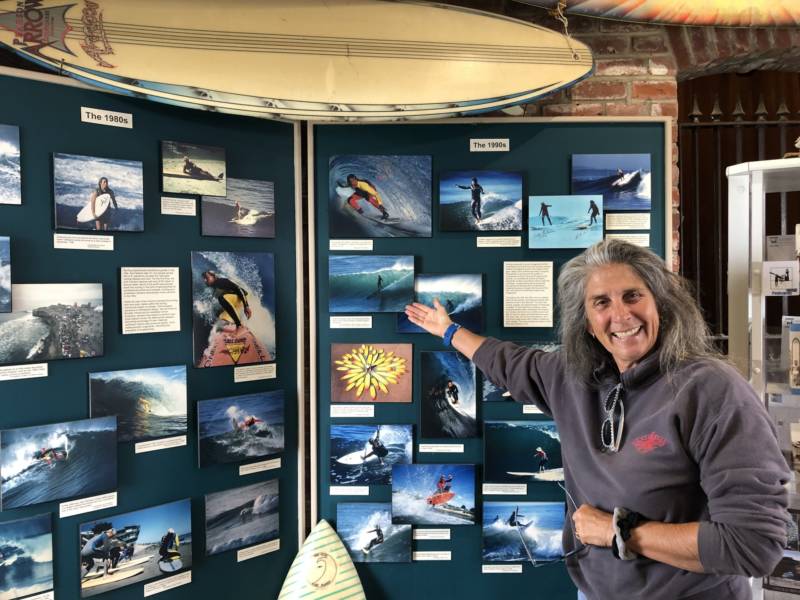
Still, she stresses there were only a few "stinkers," and that most of the men she surfed with treated her like a sister.
